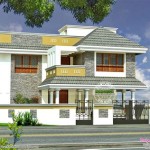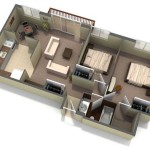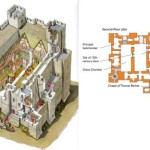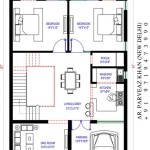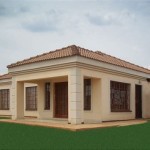House Plans Duplex: A Comprehensive Guide
Duplex house plans offer a unique blend of affordability, flexibility, and investment potential. Understanding the different types, design considerations, and legal aspects associated with duplex construction is crucial for anyone considering this housing option.
A duplex is a multi-family dwelling with two separate living units within the same building. These units can be arranged side-by-side, one above the other, or even in a more complex configuration. Each unit typically has its own kitchen, bathroom, living area, and separate entrances. While often confused with townhouses, duplexes are distinct in their construction and ownership structure. Townhouses share walls with neighboring units but are individually owned, whereas a duplex is typically owned as a single property, though strata title ownership arrangements are also possible.
Several different types of duplex designs cater to various needs and lifestyles. The most common types include:
Side-by-Side Duplex: This layout features two units situated alongside each other, sharing a common wall. This design offers maximum privacy and is well-suited for larger lots. Variations include mirrored layouts, where each unit is a mirror image of the other, or non-mirrored designs that offer different layouts for each unit.
Stacked Duplex/Over-Under Duplex: In this arrangement, one unit is located above the other. This design is ideal for smaller lots or areas with higher land costs. Access to the upper unit is typically via an external staircase, although internal staircase configurations are also possible, depending on the design and local building codes.
Tandem Duplex: This less common configuration places the units one behind the other, often with a shared courtyard or outdoor space. This design can be suitable for corner lots or properties with unique topographical features.
When considering duplex house plans, several key design elements contribute to the functionality and livability of the units. These factors include:
Unit Layout: Careful consideration should be given to the layout of each individual unit. Open-plan designs can create a sense of spaciousness, while more traditional layouts offer greater privacy between rooms. Factors such as the number of bedrooms, bathrooms, and the inclusion of features like a study or home office should align with the target occupants' needs.
Privacy: Incorporating design elements that ensure privacy between the units is essential. This can be achieved through soundproofing shared walls, strategically positioning windows, and landscaping considerations.
Outdoor Space: Providing dedicated outdoor space for each unit enhances livability. This can include private balconies, patios, or small yards. Communal outdoor areas can also be beneficial, fostering a sense of community.
Parking: Adequate parking is crucial, especially in urban areas. Design plans should incorporate either garages, carports, or designated parking spaces for each unit.
Accessibility: Designing for accessibility is important to accommodate residents of all ages and abilities. This can include features like ramps, wider doorways, and adaptable bathrooms.
Beyond the design considerations, various legal and regulatory aspects must be addressed when planning a duplex construction project. These aspects can vary significantly depending on the location.
Zoning Regulations: Local zoning ordinances dictate whether duplexes are permitted in a specific area. These regulations also govern aspects such as building height, setbacks, and lot coverage.
Building Codes: Compliance with building codes is essential for ensuring the structural integrity, safety, and habitability of the duplex. These codes cover areas such as fire safety, electrical systems, plumbing, and ventilation.
Permits: Obtaining the necessary building permits is a legal requirement before commencing construction. The permitting process typically involves submitting detailed plans and specifications for review and approval by local authorities.
Homeowners Associations (HOAs): In some areas, duplexes may be subject to the rules and regulations of a homeowner’s association. These rules can cover aspects such as exterior paint colors, landscaping, and parking restrictions.
Choosing the right house plans for a duplex involves careful consideration of the various types of duplex designs, key design elements, and legal requirements. Consulting with architects, builders, and real estate professionals experienced in duplex construction is advisable to navigate the complexities of the process and ensure a successful outcome.
Finding pre-drawn duplex house plans online or through architectural firms can offer a starting point. Customizing these plans to meet specific needs and site conditions is often necessary to achieve the desired outcome. Factors such as budget, lifestyle preferences, and local regulations should all inform the decision-making process.
House Plan Of The Week Multigenerational Duplex Builder
House Plan Of The Week Multigenerational Duplex Builder

20 55 Duplex House Plan East Facing Best 3bhk

Top 10 Duplex Floor Plan Ideas For Your Plot Happho

Memphis Duplex Home Design With 10 Bedrooms Mojo Homes
Regular Duplex House Design In Pan

20 X 50 Duplex House Plans North Facing As Per Vastu 4bhk Plan

Best 20 X 35 Duplex House Plans East Facing With Vastu

Stacked Duplex House Plans With Garage Floor

Discover The Best Duplex Designs Floor Plans For Your Dream Home Beautiful Homes

